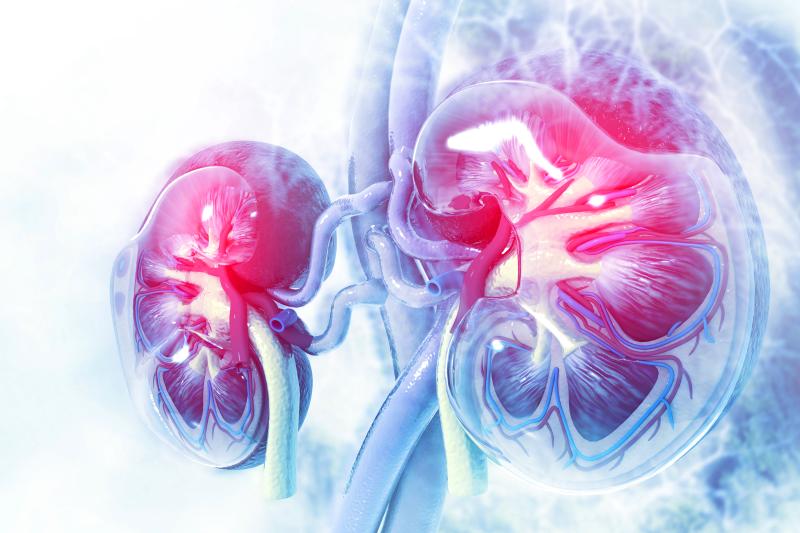
Microcirculatory function appears to play a role in diabetic kidney disease (DKD) in type 2 diabetes patients, a new study has shown. Perfusion index (PI) may be a novel indicator of DKD.
Researchers performed a cross-sectional analysis of 574 type 2 diabetics (median age, 70 years; 336 men). PI was measured using the Masimo SET Radical-7 instrument and was used as measure of microcirculatory function. Participants also had their urinary albumin excretion (UAE) and estimated glomerular filtration rate (eGFR) measured.
The median PI in the sample was 2.8 percent. There were 304 patients with albuminuria and 216 with eGFR <60 mL/min/1.73 m2. Multiple regression analysis found that PI was significantly, independently but inversely correlated with the logarithm of UAE (β, –0.108; p=0.009), but positively so with eGFR (β, 0.108; p=0.005).
In fully adjusted logistic regression models, participants with systolic blood pressure (SBP) >median and PI ≤median were at a significantly higher risk of albuminuria (odds ratio [OR], 1.84, 95 percent confidence interval [CI], 1.05–3.23; p<0.05). This analysis was performed using patients with SBP ≤median and PI >median as a reference.
Similarly, patients with SBP >median and PI ≤median were significantly more likely to have eGFR <60 mL/min/1.73 m2 (OR, 1.90, 95 percent CI, 1.05–3.46).
“In conclusion, impaired microcirculation, determined by a simple, noninvasive PI measurement, may be a valuable indicator of DKD in patients with diabetes,” said researchers. “Microcirculation could be a target of prevention for DKD.”